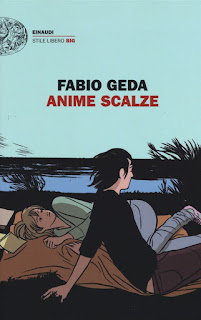The art of meditation

Last year was so difficult for everybody and sometimes, at least for me, defeating boredom wasn't so simple. But I want to see the glass half-full, and tell you that, despite the situation, it was exactly in those moments that I discovered some of the things I love most to do now; and one of these is meditating.
The word “meditation” comes from the Latin word “meditatio” which means reflection; in fact, through this very ancient practice, we can raise our mindfulness and the connection with our breath, our body and the space that surrounds us. “Here and now” is the “motto” of meditation and it reminds us to stay focused on what is happening here and now; not in the past, not in the future.
This practice was born in 1500 AC in Asia, in particular in India, where a document was found that mentions the “Dhyana”. It is a kind of meditation that is part of “raja yoga”, as well as the basic and original yoga. The goal of Dhyana is to create a thought flow that focuses only on a particular object or a particular event, Dhyana is the art of contemplation, that goes over simple concentration.
Meditation, also known as mindfulness, is part of yoga; in fact, even if centuries ago it consisted only of sitting down and concentrating, in time also few movements have been added to this practice, accompanying our mind through this deep journey.
Practicing just five or ten minutes everyday can be very beneficial for our mind and can help us focus on what’s really important, forgetting about all the useless thoughts.
This powerful activity can prevent and alleviate anxiety and depression, some of the most widespread diseases nowadays, especially among teenagers.
In our society where everything is fast and maybe we overthink on what we have to do, sometimes it can really help to just sit down, recharge our energy and, in silence, rediscover and relax the body and the mind.
Susanna Ferracuti


